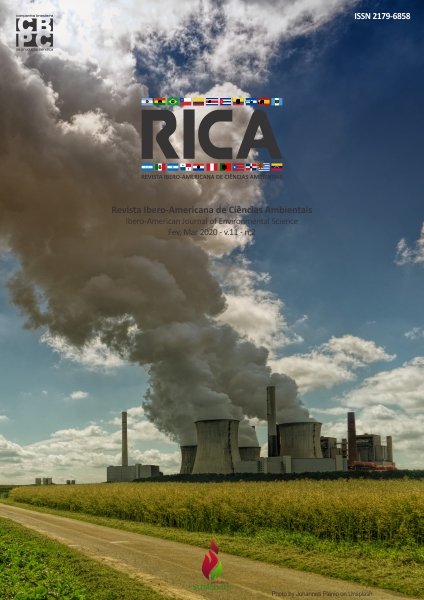Estimate of the leaf area in function of leaf number in muskmelon
DOI:
https://doi.org/10.6008/CBPC2179-6858.2020.002.0010Keywords:
Modeling, Growth Analysis, Leaf AreaAbstract
Leaf area data are commonly used in various experiments in agriculture, however, they are usually determined using expensive equipment and destructive analysis. Several methods have been developed to estimate the leaf area of leaves that commonly employ measures such as length and width, however, they are laborious methods because they require that the measurement be made individually. Thus, the present work uses a regression relation to estimate non-destructively the melon leaf area, involving only the number of leaves. The method was tested on 5 melon cultivars: Melody (yellow melon), Goldex (yellow melon), Santa Claus melon, AF-646 (yellow melon), Orange Flesh and Torreon (cantaloupe). The values of leaf area and number of leaves were obtained at least five different times during the culture cycle, totaling 938 samples. The adjusted equations for each cultivar were compared using the model identity test to verify the null hypothesis that the equations are statistically equal. For the 5 cultivars, the determination coefficients (R2) between the actual measured leaf area and the estimated leaf area were equal to or greater than 0.9. Thus, the relationship found presents itself as a promising tool for research that requires precise non-destructive estimates of melon leaf area.
Downloads
Downloads
Published
Issue
Section
License
The CBPC - Companhia Brasileira de Produção Científica (Brazil CNPJ: 11.221.422/0001-03) the material rights of the published works. The rights relate to the publication of the work anywhere in the world, including rights to renewals, expansions and dissemination of the contribution, as well as other subsidiary rights. All electronically published works may subsequently be published in printed collections under the coordination of this company and / or its partners. The authors preserve the copyright, but are not allowed to publish the contribution in another medium, printed or digital, in Portuguese or in translation.









